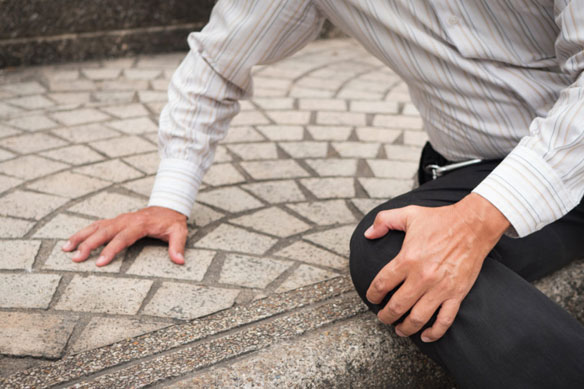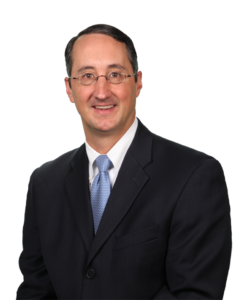Slip and Falls
Slip and fall accidents can happen under various circumstances. They do not always lead to litigation. However, litigation compensates victims for others’ negligence, and people file and settle multiple slip and fall claims annually.
The fundamental aspect of a slip and fall case is the concept of “premises liability” – the legal model governing injuries occurring on someone else’s property. Proving fault in such cases can be challenging, but hiring a skilled slip and fall lawyer can help.
What is Premises Liability?
Premises liability applies to different kinds of injury cases, of which slip and fall are only one. Premises liability claims hinge on proving the property owner’s negligence and that his or her failure led to your harm. Injuries from a slip and fall case may include brain injuries, broken bones, sprains, spinal injuries, and more.
To prevail and reach the optimal outcome in a premises liability case, one must prove the property owner knew, or should have known, that unsafe conditions were present on the property. The owner failed to correct them. The laws covering property owners’ duty of care to maintain a safe property varies depending on the state.
According to the law, four labels exist describing people’s presence on another’s property:
- Invitees: Invitees are specifically invited onto the property by the owner.
- Licensees: Licensees are on the property with the owner’s consent.
- Social guests: The property owner welcomes social guests onto the property.
- Trespassers: Trespassers have no right to be on another’s property whatsoever.
Social guests and invitees have an implied promise that the property owner ensures their property is reasonably safe, while licensees and trespassers have no such assurance. Anyone on the property, except for trespassers, should expect safe conditions. Some states also take the property’s use into account. They may also consider the accident’s foreseeability and the property owner’s feasibility, fixing a dangerous situation, or warning visitors about it.
Do I Have a Slip and Fall Case?
Injury victims may have trouble determining if their premises liability case is worth filing. These questions may help you determine premises liability:
Was there an unsafe condition on the property? A simple stumble or slip is not the fault property owner’s fault. For a premises liability case to be valid, some type of unsafe condition must be present. Such conditions might include:
- Badly damaged or and neglected sidewalks and other surfaces
- Ice accumulation on floors and entranceways
- Wet floors
- And more
Property owners are not responsible when they cannot be reasonably aware of unsafe conditions. Proving prior notice of hazardous conditions is challenging. Not knowing about a dangerous situation or not solving it immediately doesn’t necessarily absolve the property owner of liability. If the condition leading to the slip and fall was readily apparent, the victim also has a degree of responsibility. People are expected to demonstrate reasonable care in providing for their safety. If the condition was evident, the courts might not find the premises owner responsible for any injury.
Get Help Today
A personal injury attorney with expertise in premises liability law can provide advice, counsel, and support for your slip and fall case. Contact an attorney in your local area today to discuss your slip and fall case.

